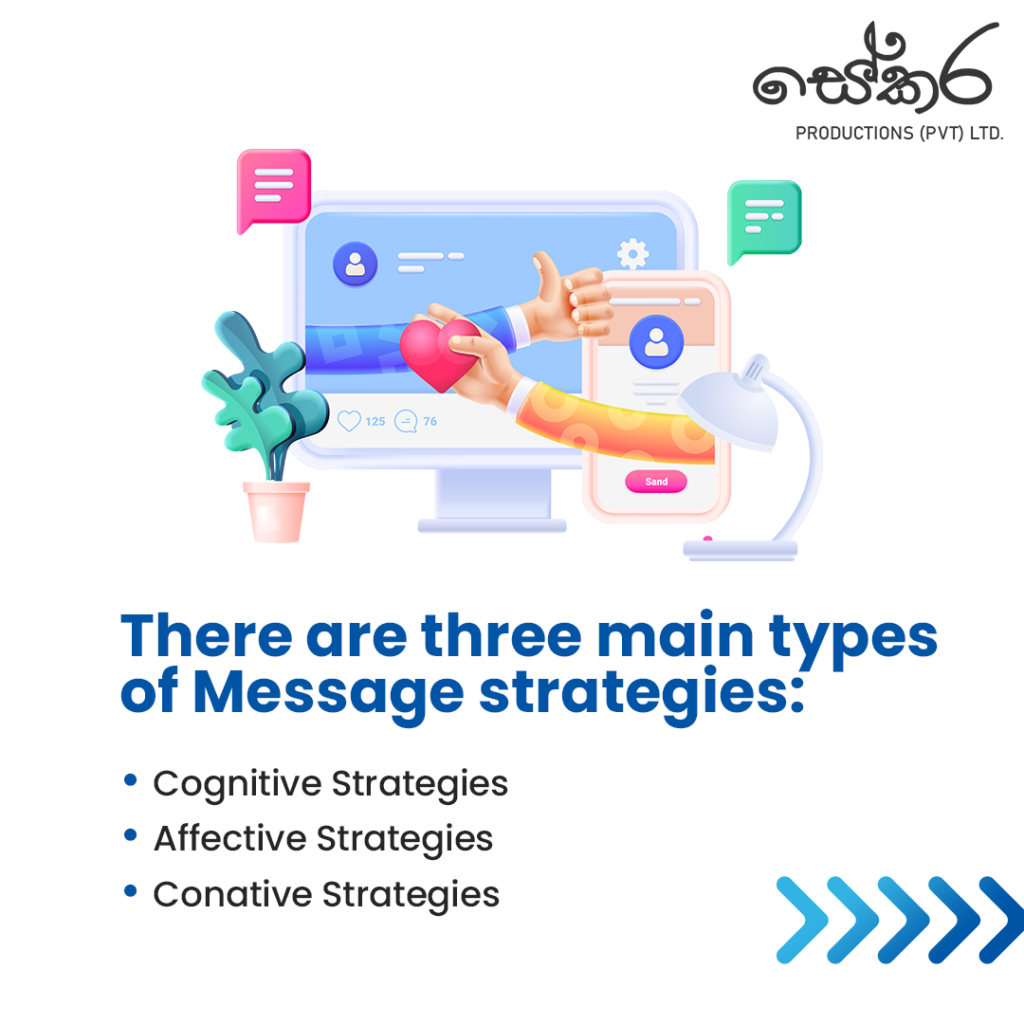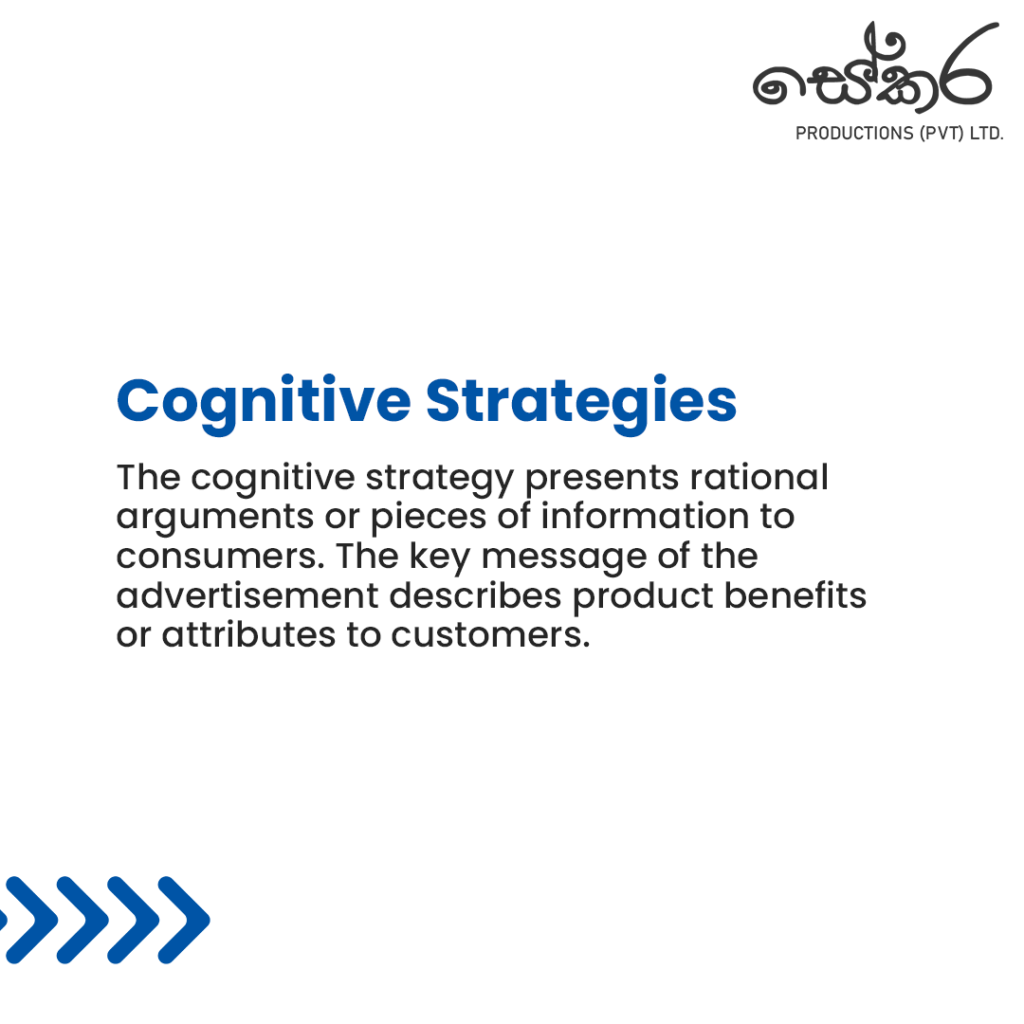The message theme outlines the key idea of the advertisement. A message theme is created using a message strategy. There are three main types of message strategies:
- Cognitive strategies
- Affective strategies
- Conative strategies
Cognitive strategies
The cognitive strategy presents rational arguments or pieces of information to consumers. The key message of the advertisement describes product benefits or attributes to customers. A cognitive message strategy influences a person’s knowledge/belief by suggesting one or many product benefits. There are five major forms of cognitive strategies; generic, preemptive, unique selling proposition, hyperbole, and comparative advertising.
- Generic messages
An advertisement that directly promotes the product’s attributes or benefits without any claim of superiority. Generic messaging works best for market leaders and brands that dominate the industry. Generic messages rarely appear in B2B advertising as it stimulates brand awareness. There is little information about the product given but it attempts to place the brand in the cognitive memory.
- Preemptive messages
This strategy claims superiority based on a product’s specific attribute or benefit. It intends to prevent competition from claiming the same. Preemptive messages are most successful when the brand states the advantage first.
- Unique Selling Proposition (USP)
These messages emphasize a unique product feature. It can be an explicit/ testable claim of uniqueness or superiority that can be supported.
- Hyperbole
An untestable claim based on some attribute or benefit.
- Comparative advertising
This strategy allows the advertiser to directly or indirectly compare a product to the competition on attributes/ or some benefits. The competitor’s name may or may not be mentioned.
Affective strategies
Affective strategies invoke feelings or emotions and match those feelings with the product, or service. The strategy attempts to enhance the likeability of the product and recall its appeal and understanding. There are two major forms of affective strategies; resonance advertising and emotional advertising.
- Resonance advertising
Connects a product with a consumer’s experiences to develop stronger ties between the product and the consumer.
- Emotional advertising
Attempts to provoke powerful emotions that eventually lead to product recall and choice. Trust, reliability, friendship, happiness, security, glamour, luxury, serenity, pleasure, romance, and passion are some emotions that can be connected to the product. Emotional advertisements are used in B2C & B2B instances.
Conative strategies
Conative strategies are designed to lead directly to some type of consumer response. It can support other promotions in parallel such as; coupon redemption, in-store offers, and call toll-free numbers.




